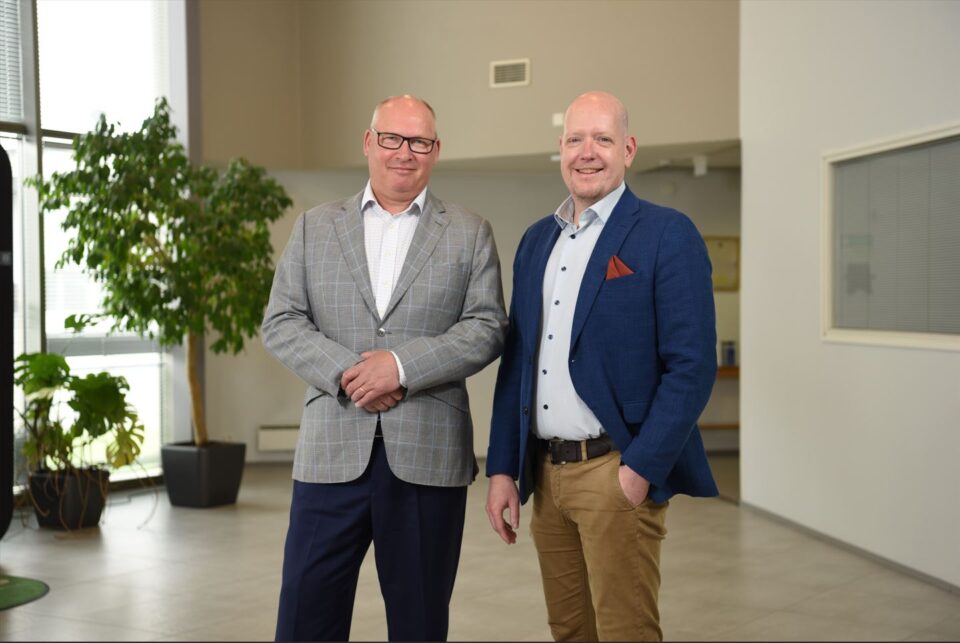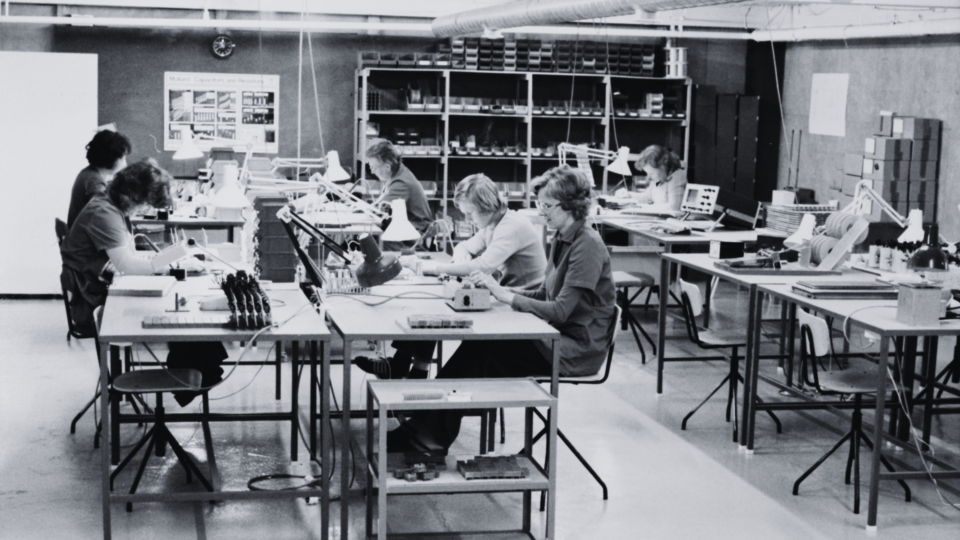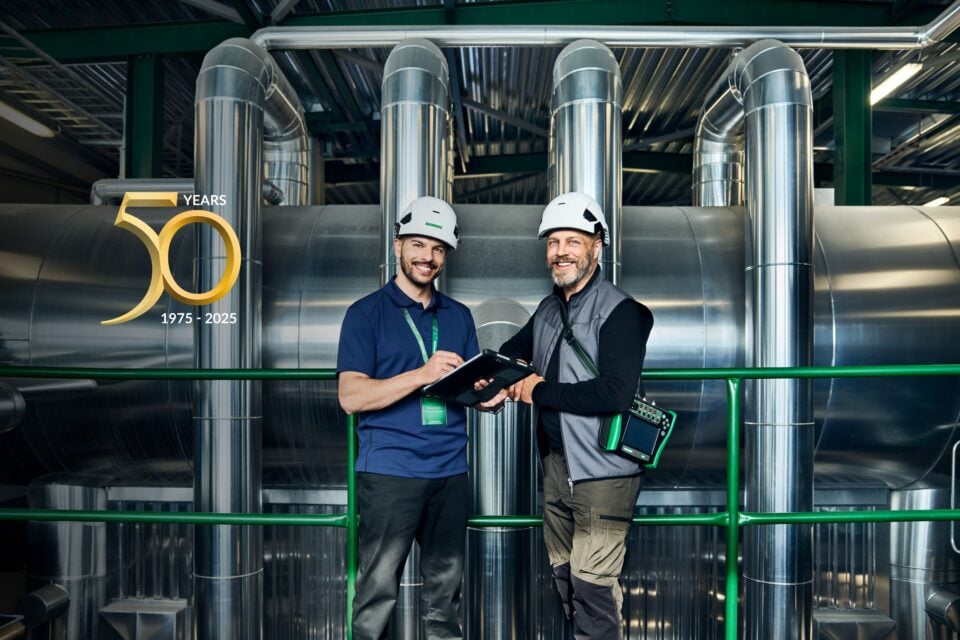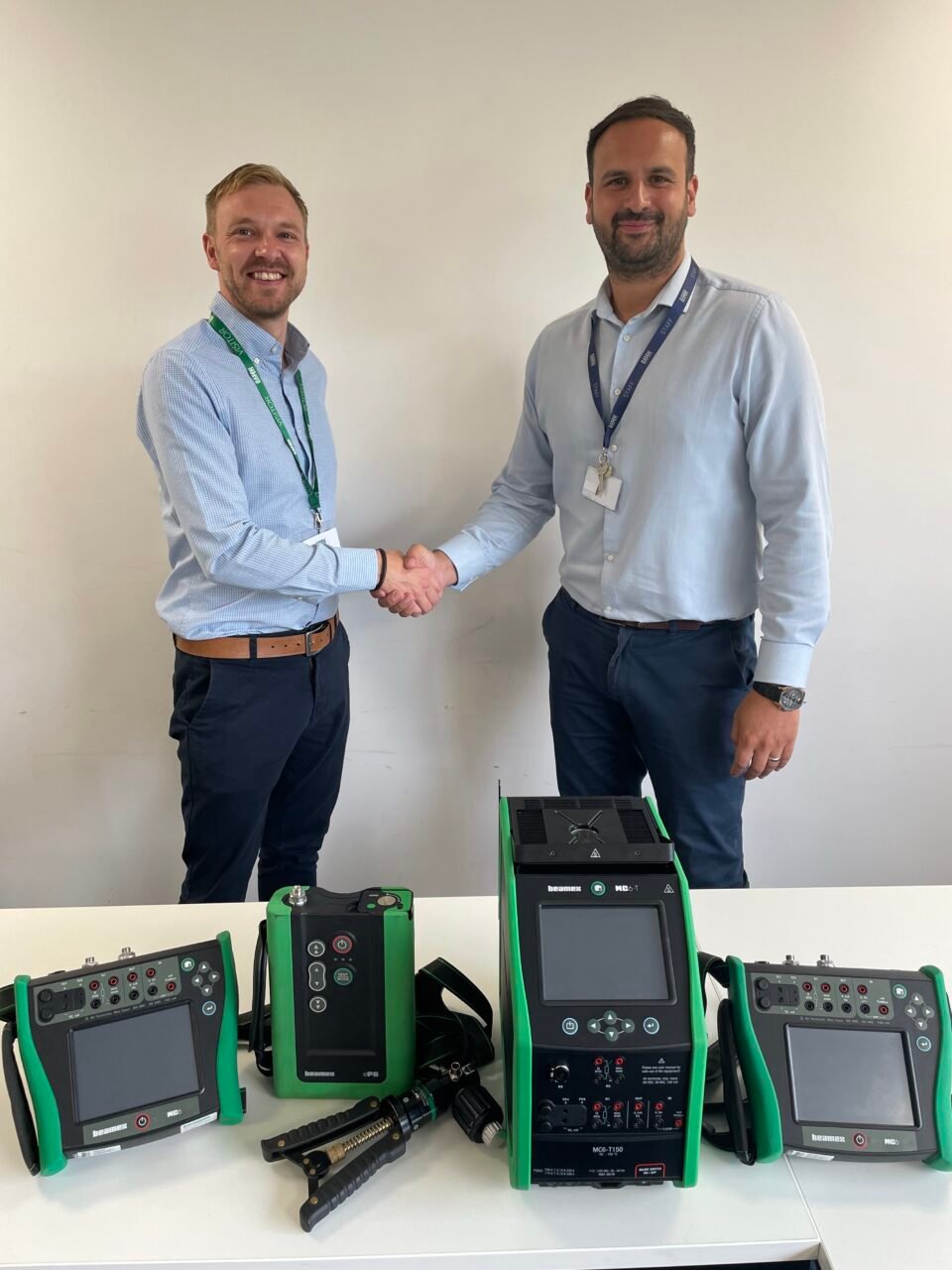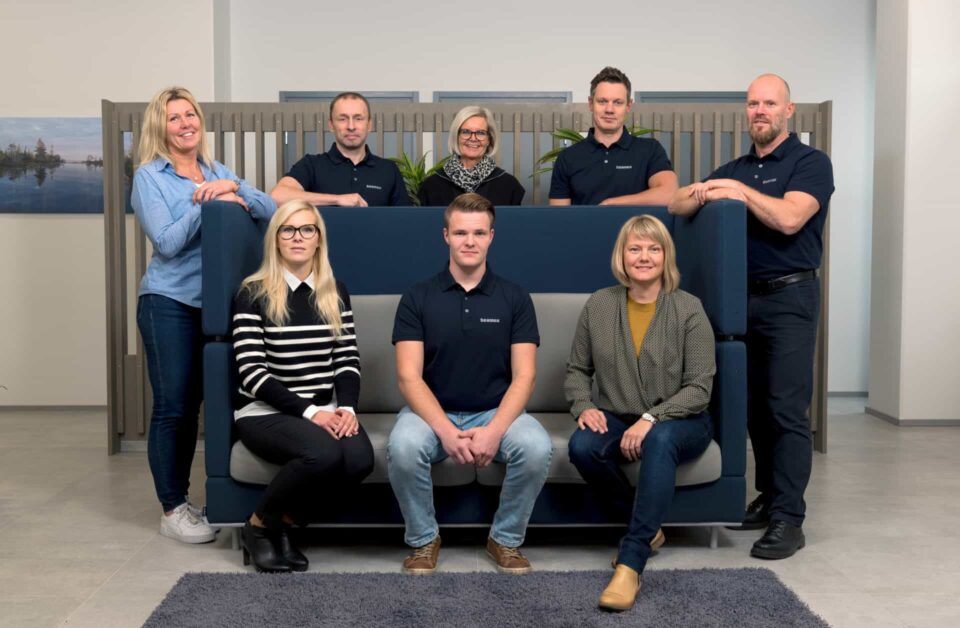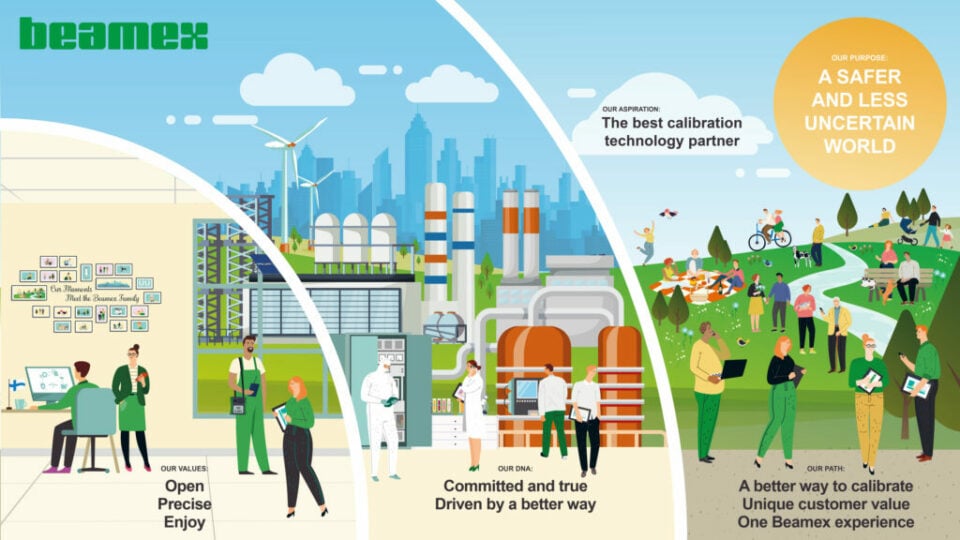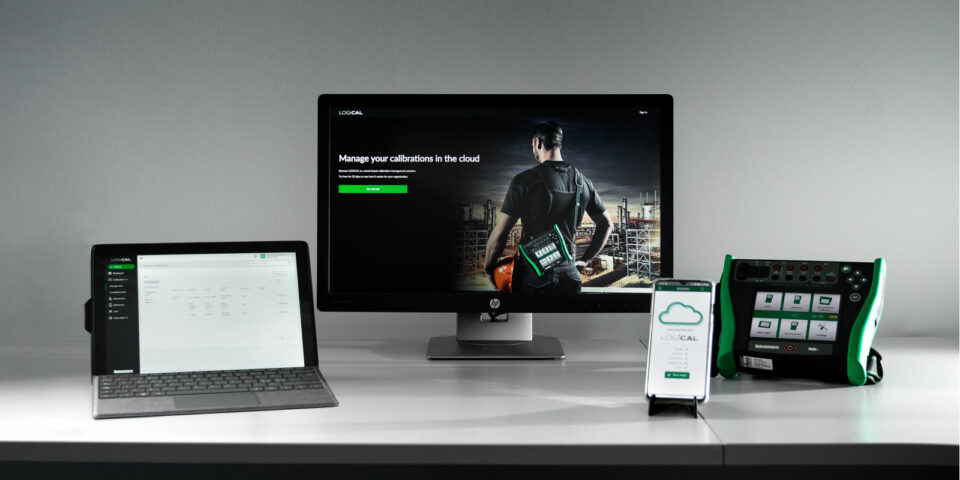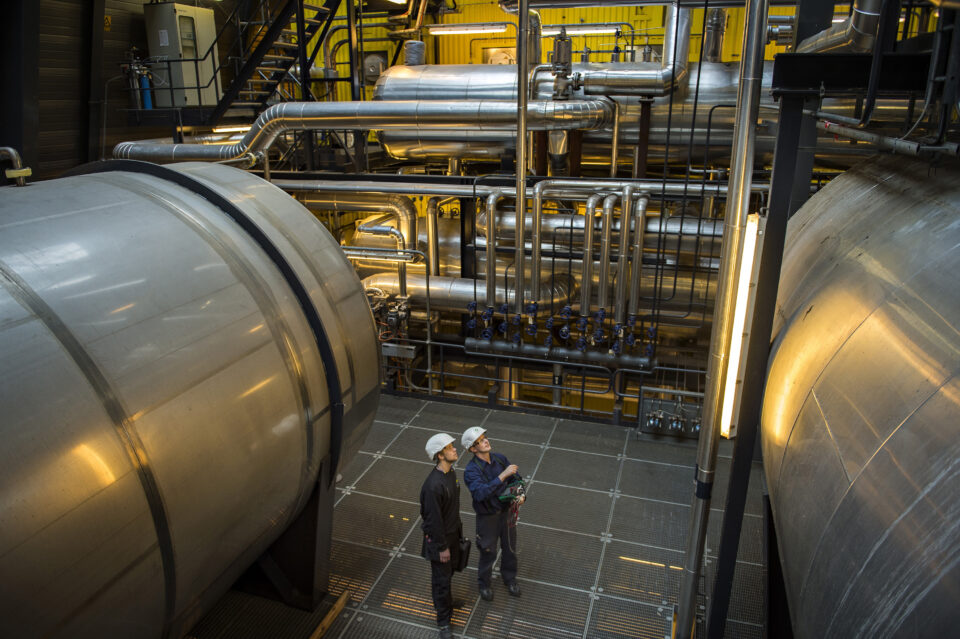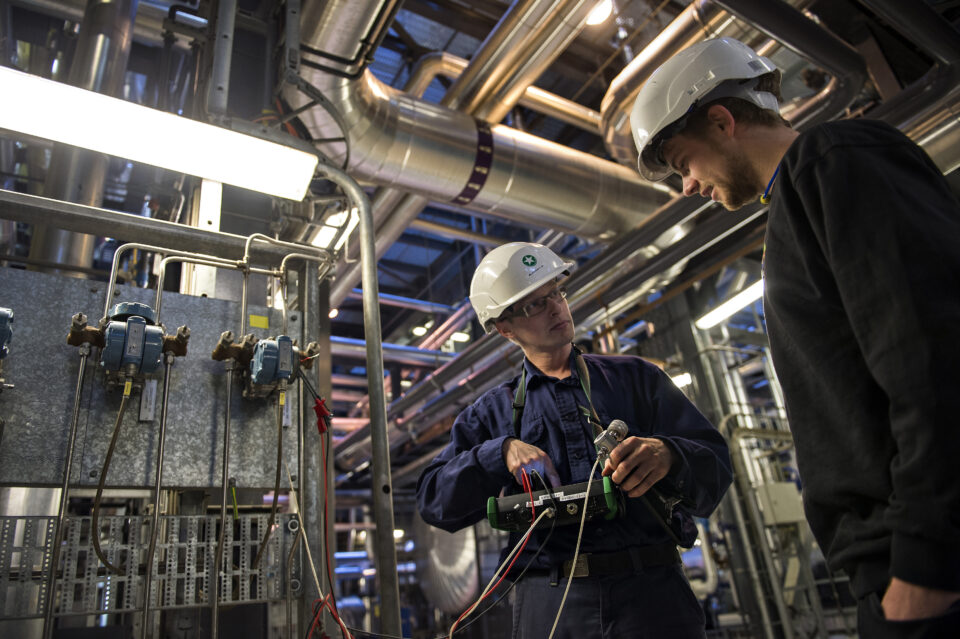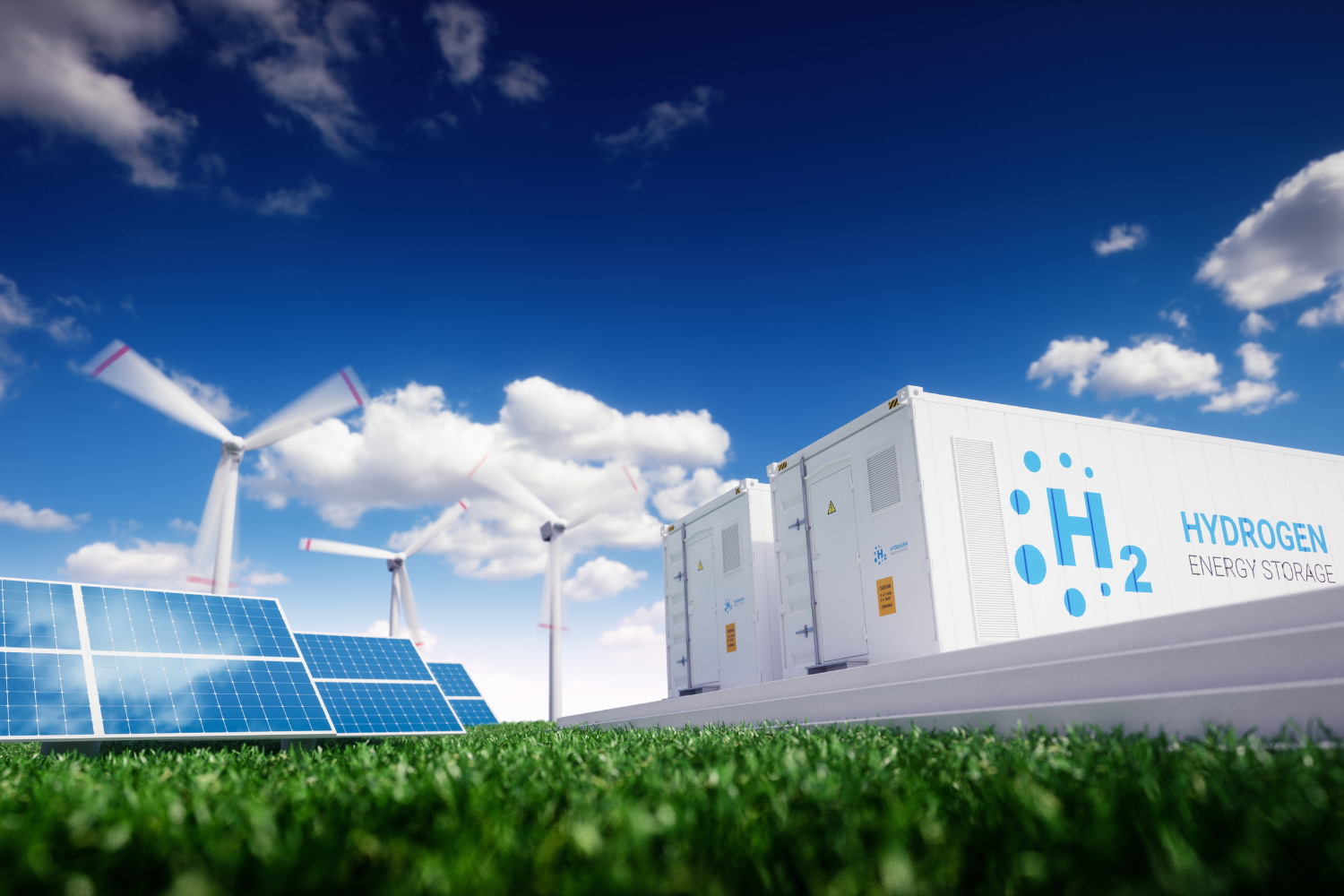
No stopping the hydrogen economy’s momentum
Antonio Matamala, Country Manager, Beamex Germany
‘A safer and less uncertain world’ is probably the best slogan imaginable for the hydrogen economy, as it perfectly addresses the geopolitical, economic, environmental and social dimensions. Nevertheless, hydrogen is volatile, extremely explosive, hard to transport and expensive to produce. Despite these challenges, I don’t doubt we can use green hydrogen to reverse climate change and create a more sustainable world for our 8 billion-strong population.
Under societal and political pressure, Germany was forced to change its energy strategy radically. While the Russian-Ukrainian war led to the share of Russian natural gas dropping from 55% to 0%, hydrogen was promoted as a strategic alternative long before the conflict began. The German government adopted a National Hydrogen Strategy in 2020 that outlined a vision to reduce CO2 emissions in the areas of industry, transport and energy based on hydrogen technology boosting the competitiveness of the German economy and opening new markets by promoting technology made in Germany around the hydrogen economy.
With the ongoing geopolitical troubles, energy security has had a wake-up call that hydrogen is poised to solve. The hydrogen phenomenon is not new but has been gaining traction thanks to the decarbonisation of economies. It has struggled to compete against cheap fossil fuels in the past, but today the possibilities are becoming more attractive as the price disparity shrinks.
Synonymous with sustainable development and heralded as a sector with great potential to reduce energy emissions, the hydrogen economy can only positively impact climate change if the electrolysis process is powered by renewable energy sources such as solar, wind and hydropower—better known as green hydrogen.
The challenge for large economies like Germany, which generated about 48% of its electricity needs from renewable sources in 2022, is that they must import green hydrogen from countries with more favourable climate conditions. We must double or even triple the current amount to satisfy that demand, which is why Germany is looking for partnerships with African countries—Chile, Colombia, and Brazil also want to seize the opportunity and become hydrogen exporters.
According to the International Renewable Energy Agency (IRENA), Chile and Colombia could be among the countries with the lowest production costs worldwide in 2050. However, they all have an excellent climate for generating solar power, sparsely populated areas that make it easier to install wind parks (on/offshore), a large workforce and environmental legislation that is more relaxed than the EU.
This means the main issue is cost, both logistical and production. Green hydrogen is still much more expensive than other types, such as grey hydrogen, produced by splitting natural gas but has a high carbon footprint.
The hydrogen mega start-up
The economic factor is critical. When hydrogen begins to be adopted in mass, you can expect economies of scale to kick in, significantly lowering the price and making it even more attractive. This will take many years, but we must start somewhere, and that’s where we are now.
To achieve that, it is about creating a market. Countries like China may be able to create a market by governmental mandate, but this is different from how we operate in Western societies. Countries like Chile only count a little on government subvention and are still among the most economical hydrogen producers. Governments will play an important role because they create the boundary conditions companies need to perform. Whether it is environmental legislation or subsidies, politicians are in a powerful position to move the hydrogen economy forward.
Mass adoption will require absolute safety, which is where Beamex comes in. If you look at any production facility, you have countless sensors monitoring everything from temperature to pressure. For example, this has led our customers in the gas transport sector to request support from Beamex to define calibration procedures and technologies suitable for H2 applications. While the degree of uncertainty is high among customers, Beamex already enjoys a high degree of trust within the industry. We are well-positioned to provide a solution that meets the current and future requirements of a hydrogen economy.
Depending on their role, many stakeholders are investing in technologies and solutions, but only time will tell if they will be successful. It’s like a mega start-up with many risks. The whole of society and the economy will be affected once it is adopted, raising countless questions like: How will we incorporate it? Who’s going to produce it? At what price? Who’s going to consume it? Where can I buy it?
The expectation right now is that hydrogen will coexist with electric mobility because almost everybody assumes that cars will be electric in the future. Despite few hydrogen-fuelled cars, Shell is creating a hydrogen gas station network. But they’re building for the future. It’s like Tesla building their supercharger stations because nobody else was doing it.
Despite the enormous potential, actors driving the hydrogen economy must face reality and obstacles posed by current technological difficulties and competition with other technologies. Still, I would say that we are at the point of no return. With our customers expanding or adapting their product portfolios to include hydrogen transport and end products, there are many opportunities for Beamex to explore and make the planet greener.
You might also find interesting

For a safer and less uncertain world
Welcome to our series of topical articles where we discuss the impact that accurate measurement and calibration has on the world and our everyday lives.


